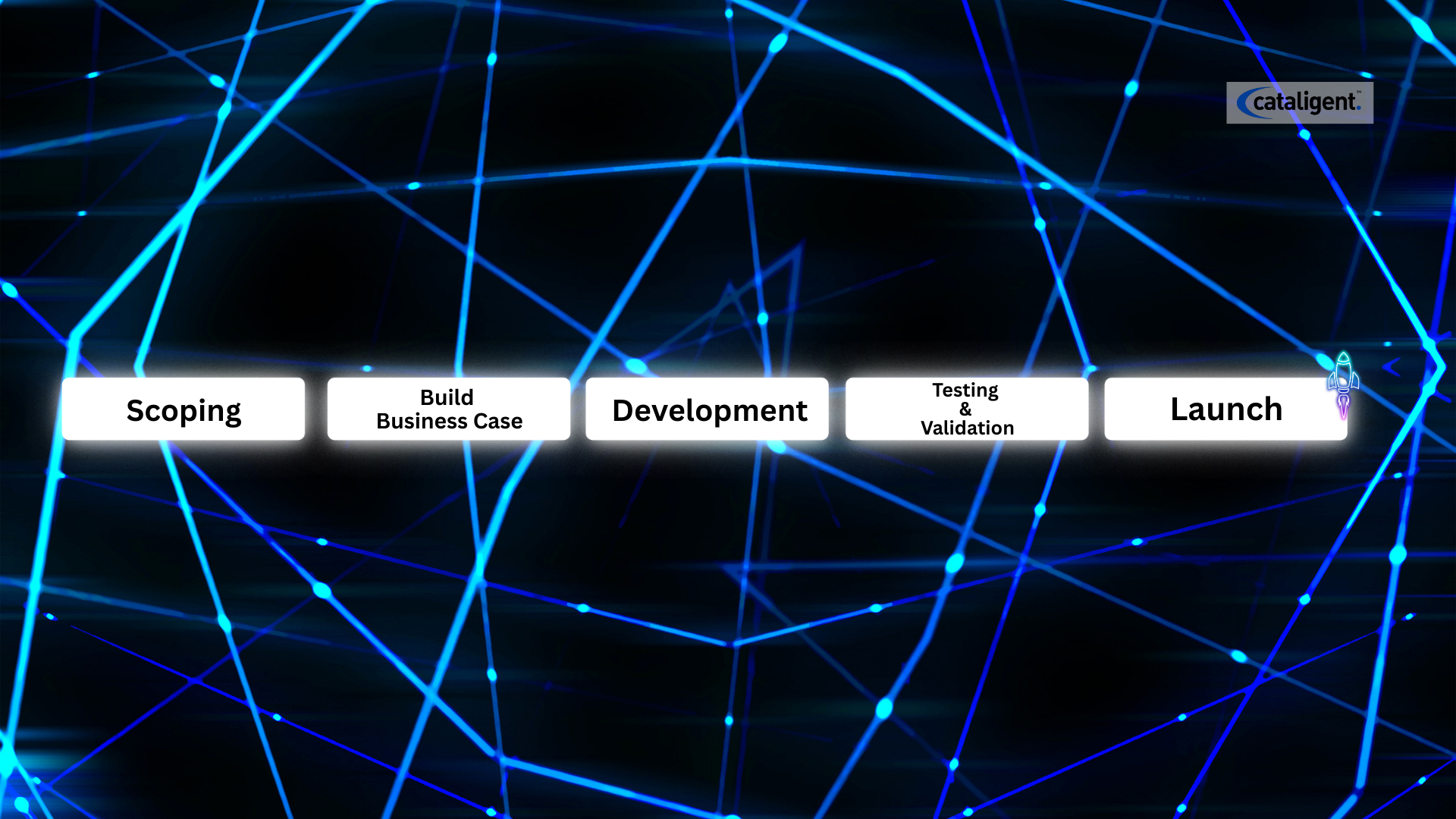Understanding Phase-Gate Protocols in Project Management
Phase-Gate protocols, also referred to as Stage-Gate methodologies, are structured governance models that break down projects into distinct phases separated by “gates.” Each phase involves a set of activities, deliverables, and performance metrics, while gates act as decision points where project viability, alignment with organizational strategy, and resource allocation are reassessed. This framework provides discipline and clarity, enabling organizations to move projects forward systematically while reducing the risks of cost overruns and scope creep.
Unlike traditional linear approaches, Phase-Gate protocols encourage iterative evaluation and evidence-based decision-making, ensuring that every step contributes toward overall business value. For organizations pursuing business transformation, this approach is particularly powerful, as it ensures that innovation is strategically guided and financial resources are optimized.
Why Phase-Gate Protocols Matter for Project Management
- Strategic Alignment: Each gate serves as a checkpoint to confirm whether the project is aligned with broader organizational priorities and investment strategies.
- Risk Management: By embedding decision-making at every phase, companies can identify risks earlier, preventing costly mistakes during execution.
- Resource Optimization: Resources are allocated based on evidence, ensuring that only the most promising projects progress to subsequent phases.
- Transparency and Accountability: Phase-Gate introduces clear ownership of deliverables and performance tracking, which is critical for managing complex project portfolios.
- Business Transformation Enablement: Transformation projects often span multiple teams and functions. The structured governance provided by Phase-Gate protocols ensures that change initiatives stay on track, measurable, and outcome-driven.
Key Phases and Gates in the Protocol
- Idea Generation (Gate 0: Idea Screen)
- Activities: Brainstorming, opportunity identification, and initial feasibility assessments.
- Decision Point: Screening ideas to eliminate weak proposals and prioritize those aligned with strategy.
- Scoping (Gate 1: Preliminary Assessment)
- Activities: High-level evaluation of market opportunity, technical feasibility, and resource needs.
- Decision Point: Approval to invest in preliminary research and market validation.
- Business Case Development (Gate 2: Business Case Review)
- Activities: Detailed market research, financial analysis, and risk evaluation.
- Decision Point: Investment committee approval to proceed with full-scale development.
- Development (Gate 3: Development Review)
- Activities: Full-scale project execution, product or service design, and iterative testing.
- Decision Point: Verification of progress and adjustment of scope, cost, and timelines.
- Testing & Validation (Gate 4: Validation Review)
- Activities: Pilot testing, end-user validation, and operational readiness assessment.
- Decision Point: Approval to prepare for launch or implementation.
- Launch & Post-Implementation (Gate 5: Launch Decision)
- Activities: Market entry, full deployment, and performance monitoring.
- Decision Point: Final approval for scaling operations, supported by ROI and impact evaluation.
How Phase-Gate Protocols Drive Business Transformation
1. Structured Innovation
Transformation requires balancing creativity with control. Phase-Gate ensures that innovation initiatives are not chaotic but strategically filtered, maximizing the chances of successful implementation.
2. Cross-Functional Collaboration
Transformation projects typically involve diverse teams. The Phase-Gate model fosters collaboration by setting clear deliverables and review points, making handoffs between teams smoother.
3. Financial Discipline
By requiring a rigorous business case at each stage, organizations can ensure capital efficiency. Projects that don’t meet evolving standards can be terminated early, saving costs and enabling reallocation of funds.
4. Continuous Learning and Adaptation
At each gate, decision-makers evaluate lessons learned, which can be applied across projects, fostering organizational agility and resilience.
5. Measurable Transformation Outcomes
Phase-Gate protocols emphasize measurable deliverables such as cost savings, process efficiencies, or market impact, aligning transformation with tangible business results.
Cataligent’s Role in Enabling Phase-Gate Excellence
Cataligent specializes in empowering organizations to execute project management and business transformation strategies with precision. Through its CAT4 platform, Cataligent provides an integrated environment where Phase-Gate protocols can be digitized, monitored, and enhanced with real-time analytics.
- Integrated Strategy Execution: Aligns every Phase-Gate decision with organizational goals.
- Advanced Portfolio Management: Ensures that transformation initiatives are prioritized based on ROI, feasibility, and strategic importance.
- Data-Driven Insights: The platform’s analytics engine transforms performance metrics into actionable intelligence at every gate.
- Customizable Governance Frameworks: Cataligent adapts the Phase-Gate methodology to the unique needs of each client, ensuring governance without rigidity.
- Cross-Functional Coordination Tools: Facilitates collaboration across departments, making it easier to implement enterprise-wide transformation programs.
Conclusion
Phase-Gate protocols are not just about project management efficiency; they are catalysts for business transformation. By providing a structured, disciplined, and measurable approach, they help organizations maximize value from their investments, minimize risks, and achieve long-term sustainability. With Cataligent’s expertise and technology-driven solutions, businesses can unlock the full potential of Phase-Gate methodologies, turning projects into transformative growth engines.

